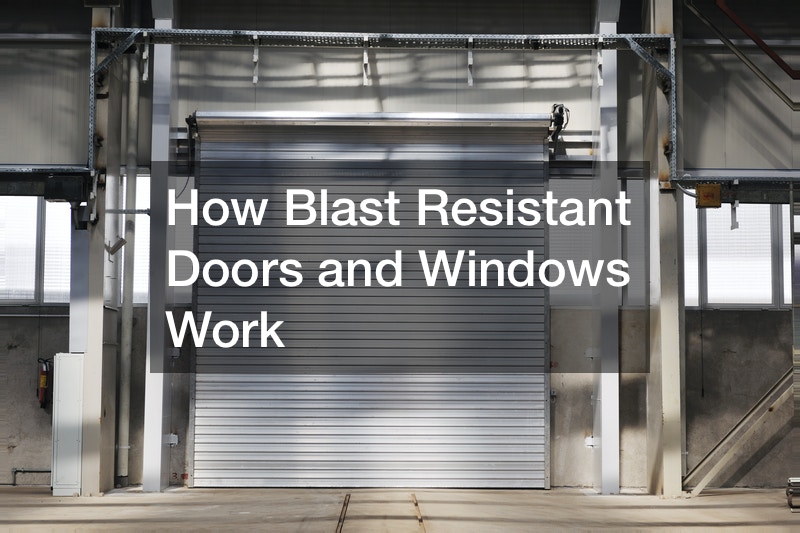
In this video, you will see that bullet blast resistant doors and windows can withstand force from high compressed air circulating after an explosion. Usually, the doors are made of thick steel and feature to resist high pound-force psi (per square inch) from blast events. These doors and windows are classified depending on the psi they can resist.
Bullet blast resistant doors and windows protect visitors and staff in buildings prone to attacks. They are also used in manufacturing or factory facilities that manage hazardous chemicals. Besides saving lives, they also safeguard a firm from negligent death and injury lawsuits that follow.
To be practical, bullet blast resistant doors and windows must be an SDOF (single degree of freedom) system. The level of freedom indicates the total parameters that determine a physical system’s state. An excellent example of SDOF can be bullet blast resistant doors and windows for eight psi and five psi, respectively.
The low window psi reduces the entire building’s blast rating. A blast resistant door is as robust as its weakest feature, the SDOF. Materials used to make bullet blast resistant doors, and windows are based on the resistance level. Some common materials include timber, aluminum, steel, and concrete.

